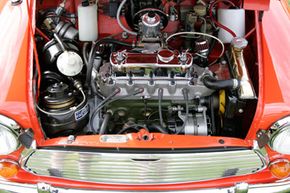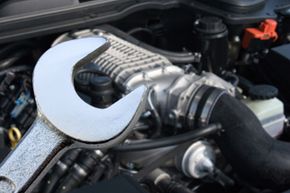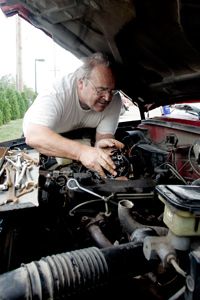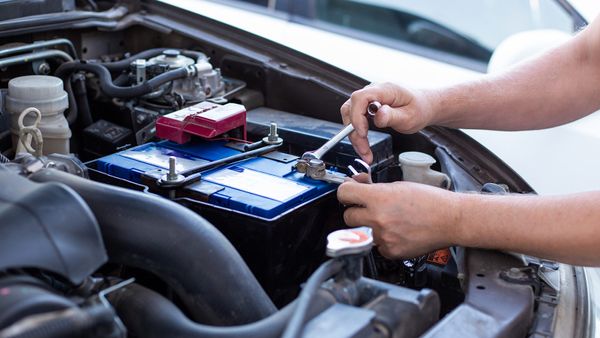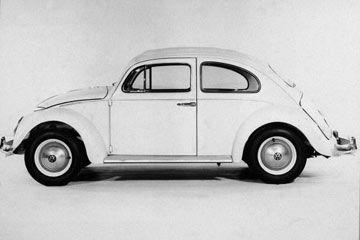Right now, money is tight for many of us. We're cutting back where we can -- going to movies less often, eating dinner at home and buying fewer things we don't need. We also might be putting off some vehicle maintenance until we can afford it, although this isn't always a good idea since it could compromise our safety as well as our ability to get around.
For example, take your car's fuel hose -- aka fuel line -- they're rubber, metal or plastic pipes through which gasoline passes from the fuel tank, where gasoline is stored, to the fuel pump. From there, fuel is squirted into the engine's combustion chamber via fuel injection or a carburetor.
Advertisement
It's not hard to deduce that your car's fuel system isn't something to fool around with. If the line is old, cracked or broken, it needs immediate maintenance. Otherwise, your car could leak gasoline or have problems delivering it to the engine. If you find your fuel leaking on the pavement, or you can smell gasoline constantly, this could be a fuel hose problem.
A technician certified in automotive maintenance should always properly diagnose problems with your car. Ideally, a professional mechanic should do the repairs as well.
However, if you have the right tools, know your way around a vehicle, and have the correct replacement parts, sometimes you can perform auto repairs on your own. Replacing a broken or damaged fuel hose is one of those jobs where a little elbow grease can keep you from paying high labor costs at the repair shop.
Advertisement
